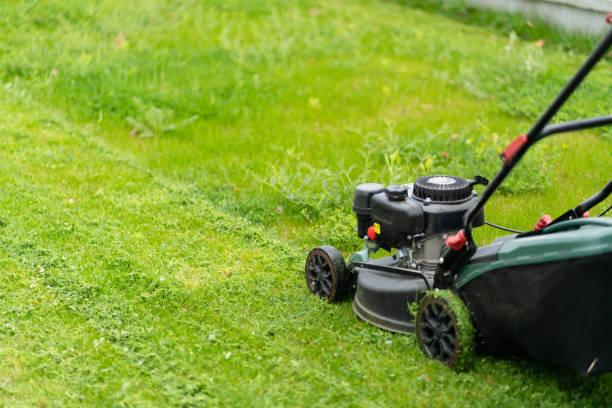Lawn Care Market Segmentation by Service Type and End Use

Consumer behavior in the lawn care market is evolving rapidly, influenced by a blend of environmental awareness, lifestyle shifts, and heightened aesthetic expectations. Homeowners today aren’t just looking for green grass they want lush, low-maintenance outdoor spaces that reflect their values and simplify daily life. This shift is building demand for smarter, more sustainable lawn care solutions that strike a balance between performance, convenience, and eco responsibility.
One major trend fueling demand of lawn care is the rise of eco-conscious lawn care. Fertilizers and pesticides that are plant-based, biodegradable, or free of harsh chemicals are increasingly preferred. Homeowners are more mindful of runoff, soil health, and pollinator safety, prompting a shift toward organic amendments, natural weed controls (like corn gluten meal), and beneficial soil microbes. Many are embracing alternatives like compost tea and bio-stimulants to nurture resilient, naturally vibrant lawns.
The demand for easy-to-use, time-saving products is another defining behavior pattern. Busy consumers increasingly favor pre-measured granular packs, slow-release pellets, or ready-to-spray formulations that reduce guesswork and minimize labor. Subscription-based delivery of lawn consumables (fertilizer refills, insect control sprays, soil amendments) is gaining momentum, as it ensures regular maintenance without trips to the store.
Water-conscious practices are reshaping product innovation and purchasing decisions. Drought-tolerant grass blends, soil-moisture-retaining mulches, and smart irrigation gadgets (like sensors that auto-shutoff sprinklers) are drawing interest in regions facing variable rainfall or water restrictions. Consumers are looking for solutions that maintain greenery while minimizing water footprint.
Seasonal timing also plays a role in consumption: demand peaks during spring and early summer, reminiscent of annual “renewal ritual” shopping seed, feed, and weed control all stocked together. Yet an increasing number of consumers are extending their lawn care calendar into early autumn, refreshing lawns in time for colder months or fall events. This trend drives interest in winterizer blends and fungicides earlier than in past seasons.
The aesthetic dimension remains strong. Beyond uniform green turf, homeowners are exploring pollinator-friendly lawn features, native plant meadows, edging borders, and low-growing ground covers. They seek curated landscapes that are not only well-groomed but also biodiversity-enhancing and visually engaging.
Importantly, digital tools are shaping consumer purchase journeys. Many buyers now research soil pH, grass varieties, and treatment timing via online blogs, forums, and mobile apps before buying. Brands that pair lawn care products with diagnostic tools (such as soil-testing kits or app-guided scheduling) are building deeper trust with consumers and driving more informed, loyal purchases.
That said, price sensitivity remains in play especially in suburban and rural segments. While eco and smart options command interest, consumers still expect reasonable value. Products that deliver measurable benefits at competitive price points like longer pre-treatment windows or fewer re-applications tend to outperform.
In summary, the modern lawn care market is shifting from reactive chores to proactive, lifestyle-aligned choices. As consumer behavior increasingly values sustainability, convenience, intelligent design, and aesthetic personalization, brands that respond with integrated, transparent, and eco-forward solutions are best positioned for growth.








